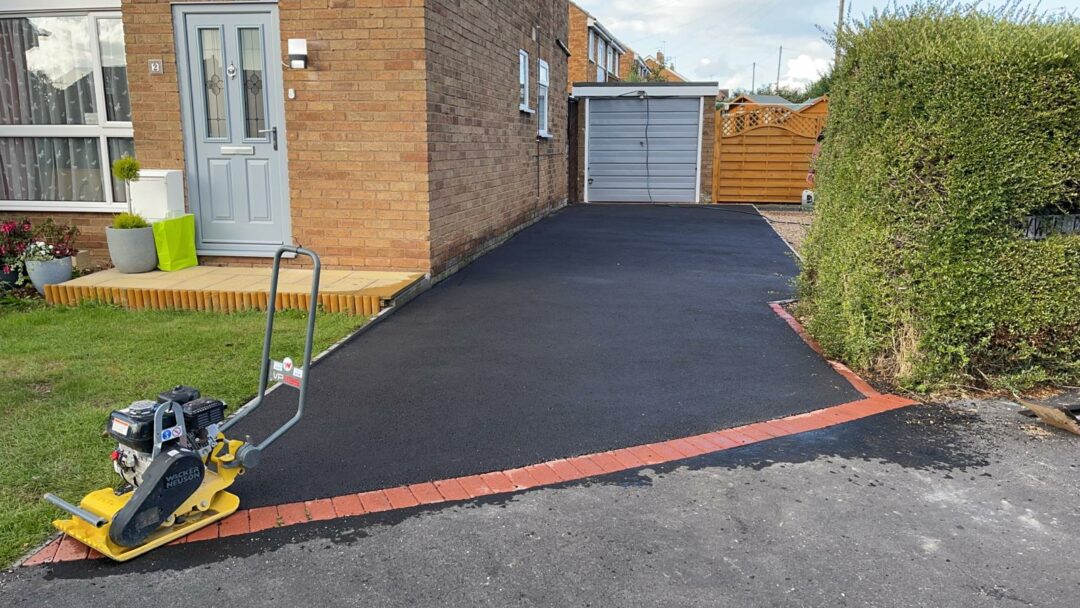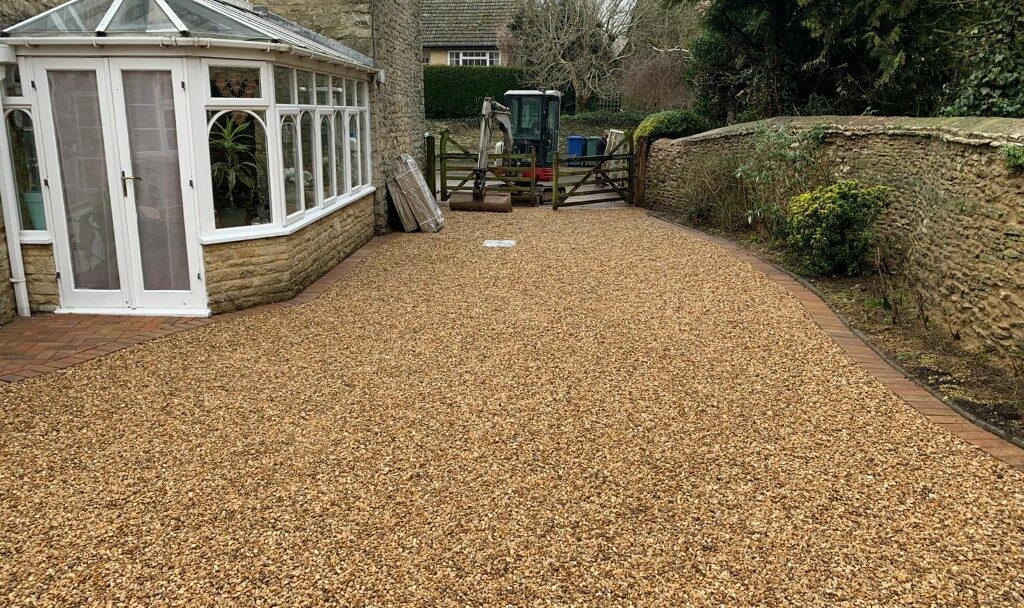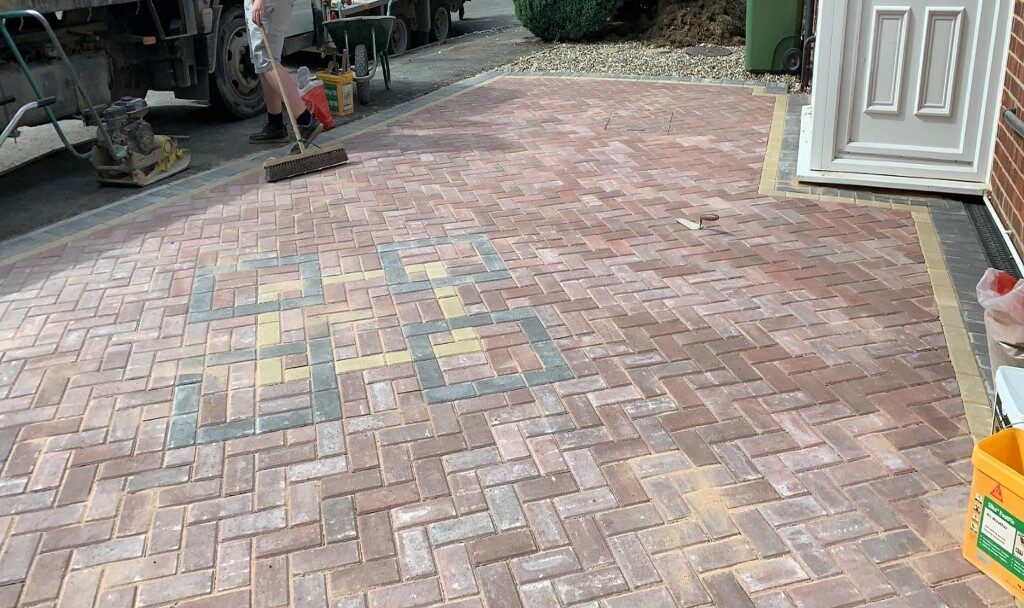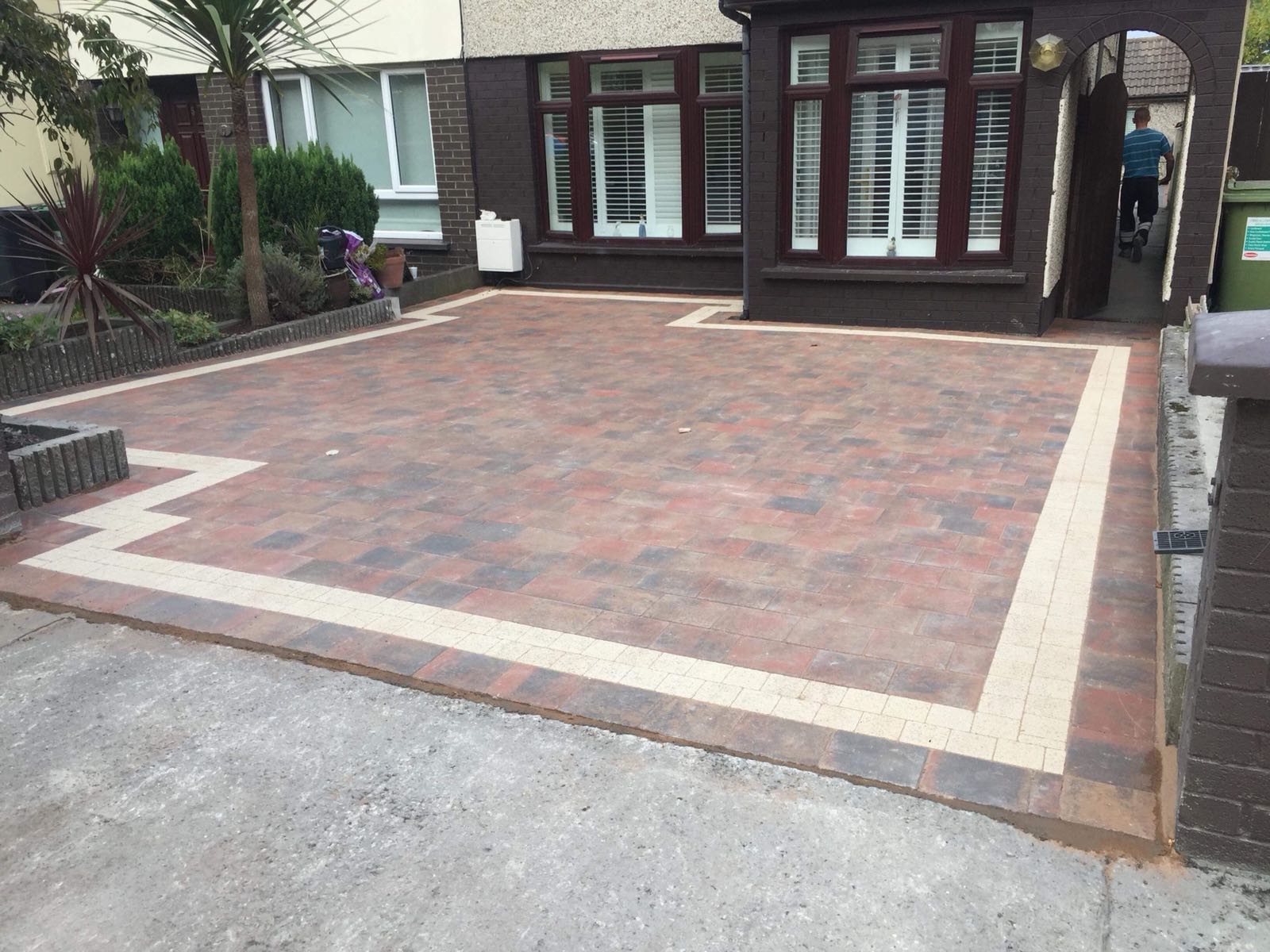With just a little maintenance completed on your driveway, you can prolong the lifespan of the driveway and ensure it stays vibrant and functional all year round. Of course, depending on the type of driveway you have, the maintenance might be a little more when compared to other types of driveways. For example, a tarmac driveway has less maintenance than a block paved driveway, whilst a concrete has virtually no maintenance.
Here are some tips to help you stay ahead of the work and which type of maintenance to carry out depending on the surface. Just remember not to confuse maintenance with repair work, if you do have dips, we recommend contacting the contractor who carried out the work for advice. Every driveway installation process has a rigorous and fixed procedure which every contractor should follow when installing.

Tarmacadam Surfacing
With tarmac driveways, which can also be SMA and tarmacadam, once per year maintenance is more than good enough if the driveway has adequately been sloped and it does not pool with water which can lead to moss buildup. Lie a hose down on the side and let it run down over the tarmac, hopefully towards wherever the drainage has been set for the driveway. Use a gentle brush to brush any loose surface off the top, but use a soft bristle brush and not a stiff bristle brush.
Using a stiff bristle brush on tarmac can loosen some of the aggregate stone bonded with the bitumen, and you want to avoid doing that. We recommend getting the tarmac seal coated every two years, which you can easily carry out yourself by buying some tarmac sealer and using a roller to roll it into the top of the tarmac surface.

Gravel Surfacing
The only maintenance required with gravel stone is raking the rocks back in place. Over time, gravel can become spread out, especially if you have been turning the vehicle on the surface, leading to indents on the surface.
Raking over the spots and levelling out the stone will return it to its original level and stop any of the membranes underneath from being exposed or the base foundation mixing with the gravel surface. You should always carry out a visual inspection on the brick borders to make sure they are still solid in place as they provide an essential role in keeping the gravel locked in place on the driveway.

Block Paving
Block paving is probably the most demanding for maintenance, especially in areas with gardens or lawns nearby. You need to clean down block paving twice a year, once in spring and once in autumn and top up your paving joints every time you clean it off.
To clean off block paving, you can use power washing or a hose combined with a stiff bristle brush to remove the old moss and algae off the surface. You can use some Jeyes fluid or weed killer to help clean off the old block paving.
Once the paving has been cleaned off, let it dry and top it off using kiln dried sand for jointing. If the surface is not dry, the kiln-dried sand will turn soggy and not go into the joints, making sure the paving is 100% dry.
Every couple of years, you should use a stone impregnator for the block paving to help prevent weather damage and colour fading. Easily sourced from local builders yards, you can spray it on yourself or roll it on depending on your preference.
Keep it up
By using these methods listed and applying them at least once a year, you can significantly prolong the lifespan of your driveway. We always recommend seeking a professional opinion when sourcing products to use on the driveway, regardless if it’s a sealer or weed killer. Always ask when purchasing to make sure it suits the surface at your home.






